ForBio: Research School in Biosystematics
ForBio offers a variety of classes at universities around Scandinavia. The courses are targeted at PhD students, however, Masters students and associated members can also apply.
"ForBio's vision is to meet the community's need of biodiversity information by strengthening research and expertise in biosystematics."
During the 10 days at Espegrend Research Station in Bergen, we focused on different marine flora and fauna on different days. Here are a few of the species that we found...

Arne holding a sea sponge, Photo: Annie Evankow
Unlike the sponge in your kitchen, many Porifera have internal skeletons that may have small spiny bits, called spicules. That is why Arne is using a glove to hold this sponge.
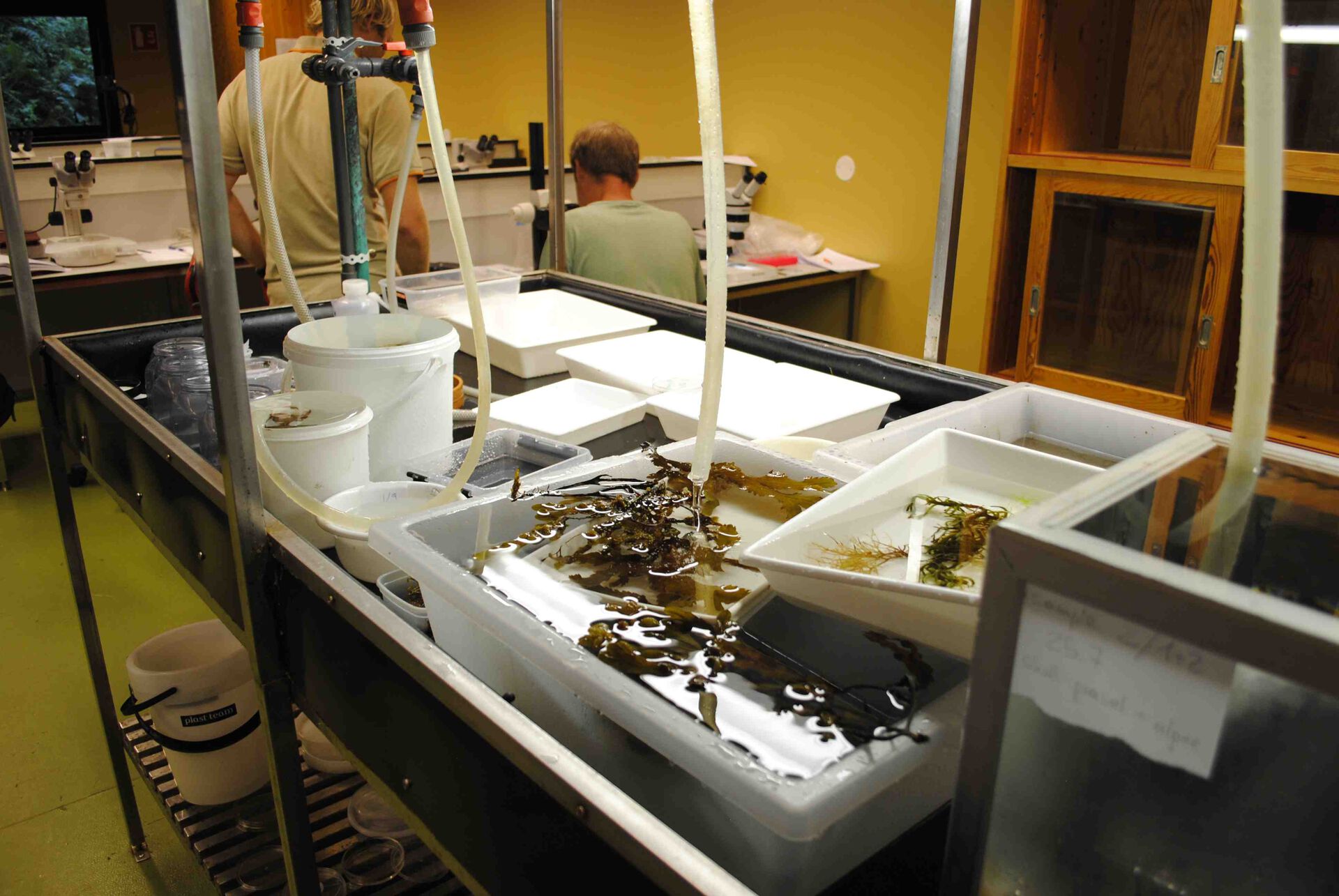
Samples of seaweed and associated fauna, Photo: Annie Evankow
Here is our collection area. In this photo, you can see some brown algae collected from the beach near the research station. The tubes hanging down bring fresh salt water into the containers, to keep our samples as fresh as possible before returning them to the sea.
.jpg)
An example of mobile fauna, Photo: Annie Evankow
During the class, we talked about sessile and mobile fauna. In other words, the species that move around and the species that are firmly stuck to the seaweed or another surface. Crabs are one example of mobile fauna.
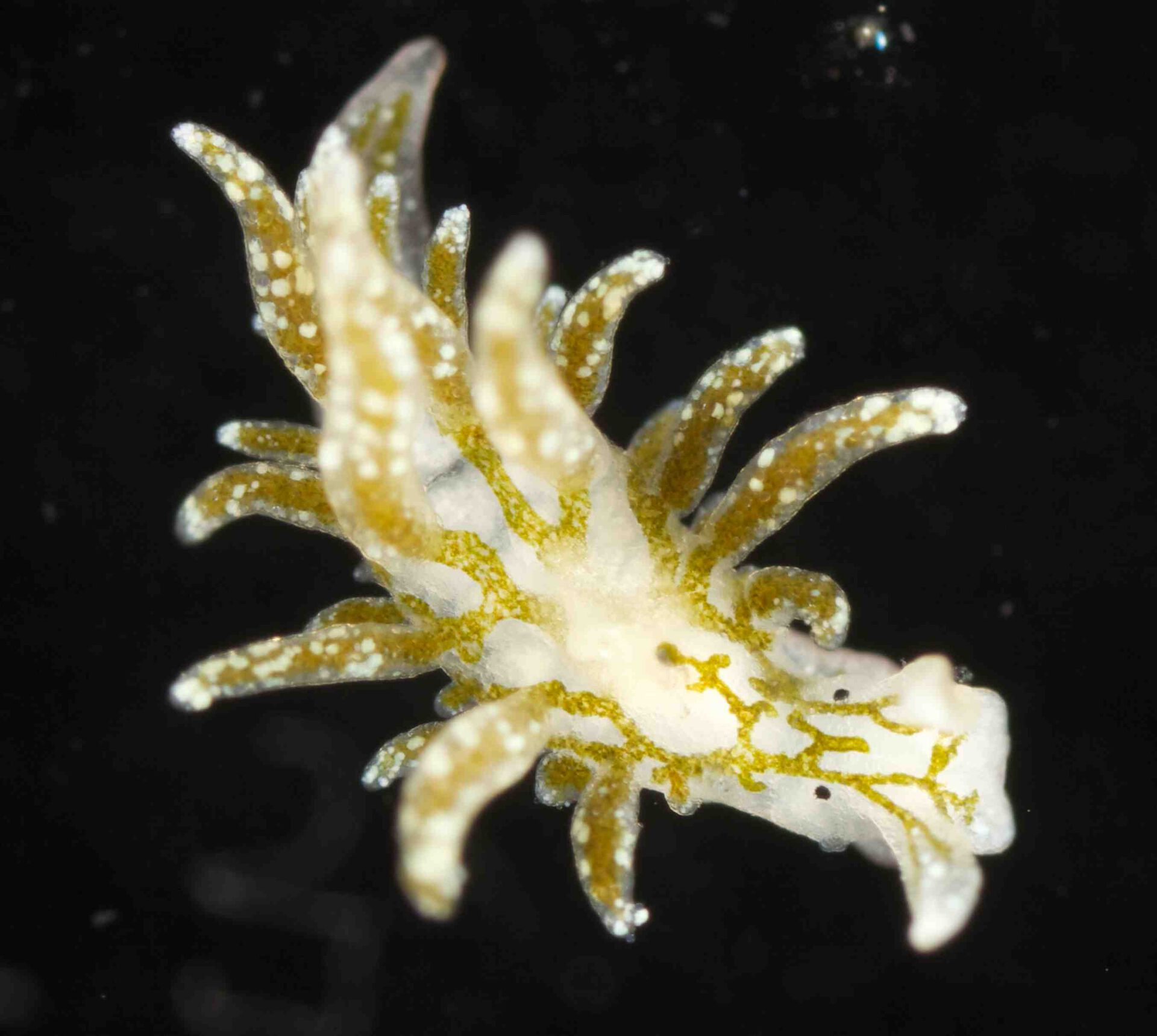
Sap-sucking sea slug, Sacoglossan Photo: Arne Nygren

Itty bitty molluscs, Rissoa spp. through microscope, Photo: Annie Evankow
These Rissoa spp. are challenging to identify since they are usually very small.
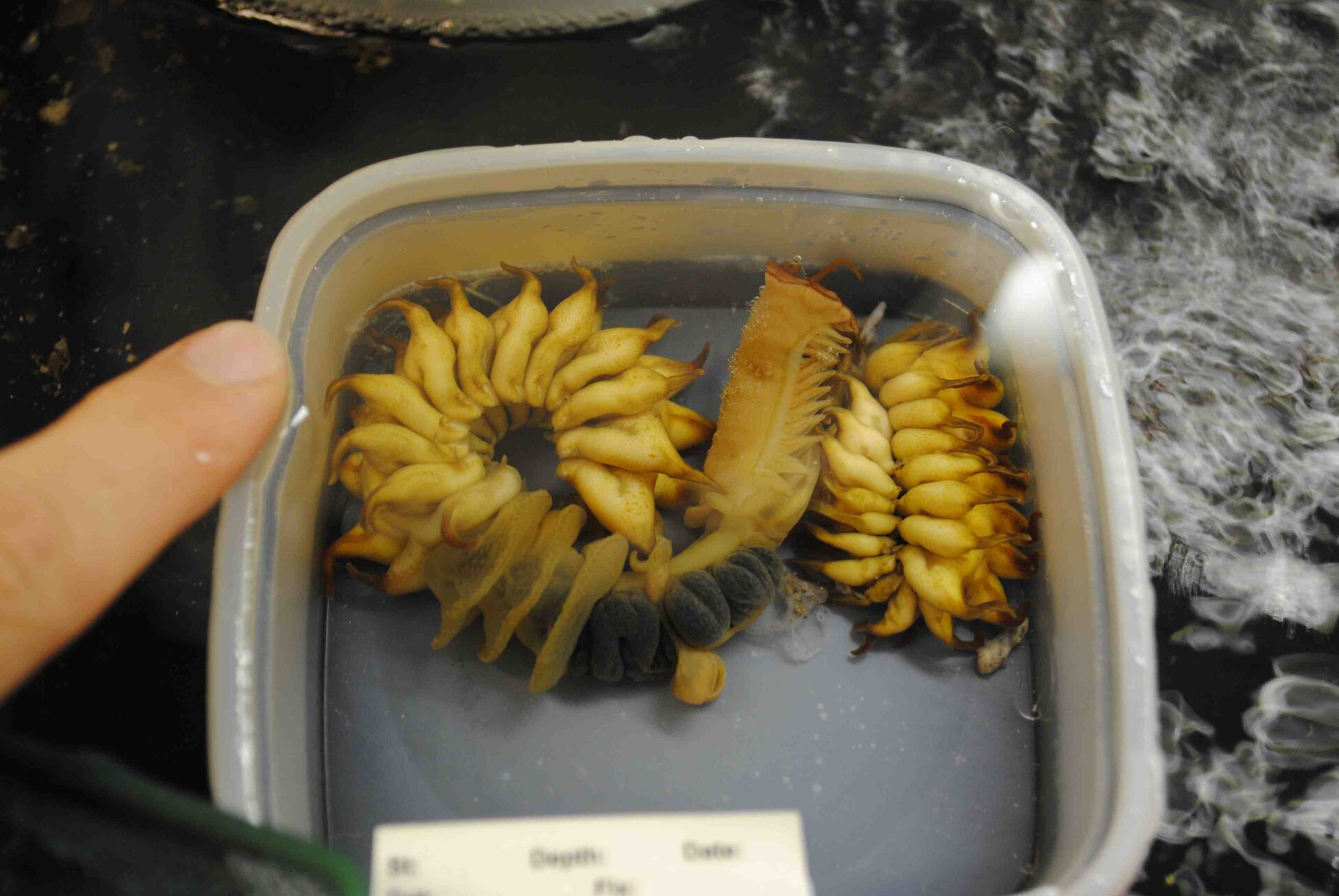
Large Polychaete, Photo: Annie Evankow
I believe this individual is in the family Chaetopteridae, known for having different distinct regions of their bodies and living in tubes. One region specializes in filter feeding, while the other sections cut out a channel in the sediment and keep water flowing through their tubes.
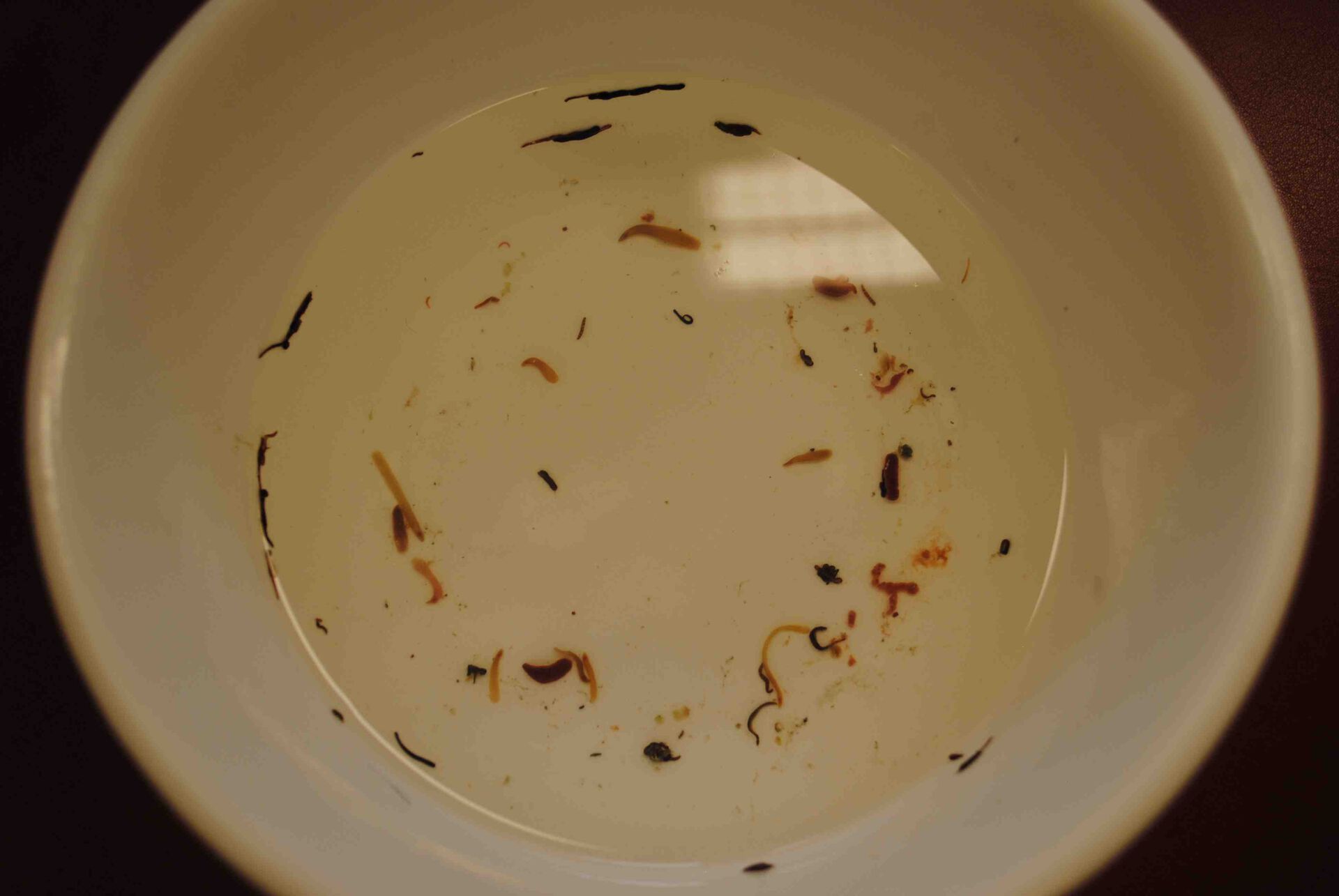
Many small Nemertea, Photo: Annie Evankow
These ribbon worms are poorly studied because they are hard to sample. Nemertea can also grow to be very large, as seen in this video from a diver in Honduras.
A view from Espegrend Research Station Photo: Annie Evankow

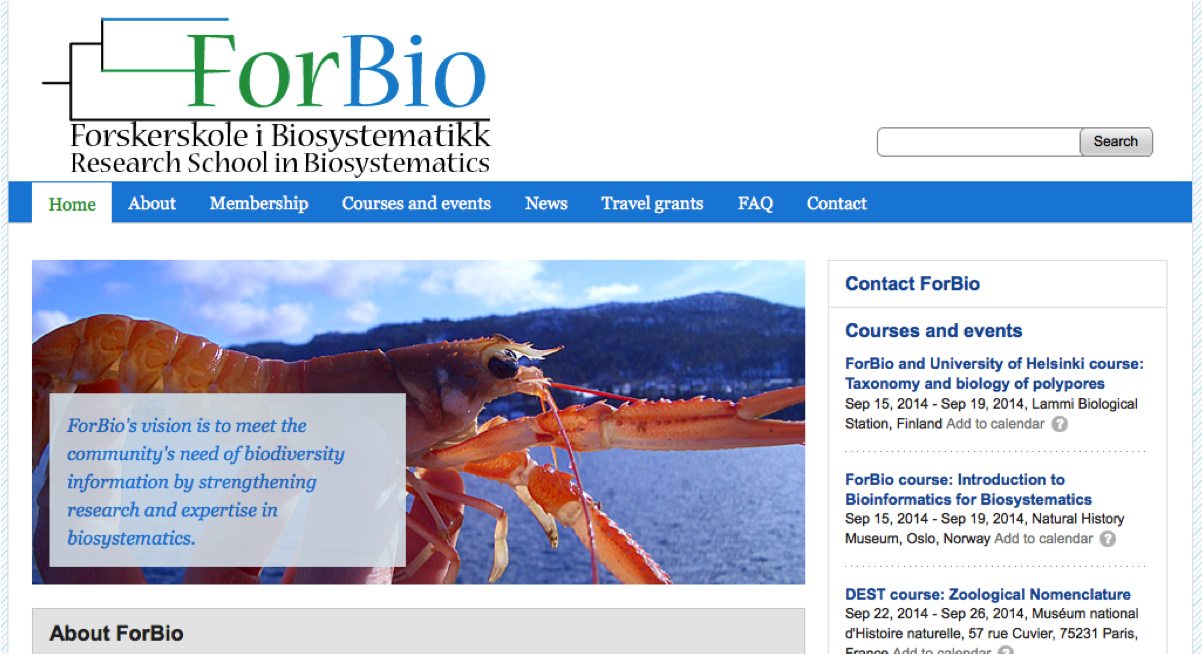
Log in to comment
Not UiO or Feide account?
Create a WebID account to comment